THE FUTURE BEGINS WITH RESEARCH.
Practice-oriented research at the highest level is a tradition at the FEhS Institute. Our experts and laboratories, our interdisciplinary teamwork and our extensive network of industry, authorities and universities make us sought-after partners for international research projects.
We present a current selection below.

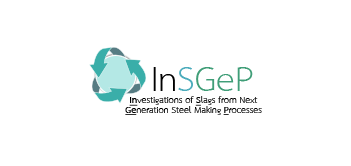
InSGeP
In the InSGeP project (Investigations of Slags from Next Generation Steel Making Processes), five steelworks, six research institutes and two plant manufacturers are investigating slags from future steel production: based on DRI/HBI or from the HPSR process. To this end, slags from similar processes worldwide are to be collected and characterized in order to obtain typical ranges of chemical and mineralogical composition. Furthermore, slags based on DRI/HBI as iron carriers are to be melted in the laboratory and pilot plant. Suitable applications will then be tested and optimization possibilities identified.
Coordinated by: FEhS
Project coordinator: David Algermissen
Duration: 01.07.2023 – 30.06.2027
Funding measure: RFCS
Funding reference: 101112665
Translated with DeepL.com (free version)
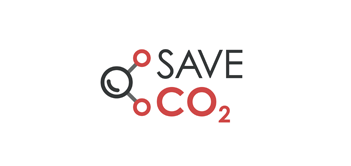
SAVE-CO2
The SAVE CO2 project (creation of an alternative use of DRI-based electric furnace slag for the cement industry to reduce CO2 emissions) is dedicated to this “new” slag and is researching the possibility of producing a similar binder from the so-called SAF slags. This should continue to be available to the cement industry as a Portland cement clinker substitute in order to significantly reduce CO2 emissions in the future and continue to link both industries in the interests of the circular economy and resource conservation.
SAVE CO2 thus extends the system boundary under consideration beyond the steel industry. The aim is to achieve a CO2 benefit for German industry as a whole, which can serve as a global model for the decarbonized steel industry using direct reduction plants and SAF.
To achieve these goals, the project will melt different qualities of directly reduced iron and examine the resulting slag. Based on the knowledge gained in this way, concepts will be developed and tested in extensive laboratory and pilot plant trials to determine how future slag conditioning can work. Promising concepts will then be implemented on a larger scale in an electric furnace specially built for the project in order to carry out the necessary cement and concrete technology tests. Specialists for life cycle assessments will accompany the entire project in order to be able to make a well-founded statement about the environmental aspects of the developed process.
Coordinated by: FEhS
Project coordinator: David Algermissen
Duration: 01.05.2021 – 31.08.2025
Funding measure: BMBF – KlimPro Industrie
Funding reference: 01LJ2004A
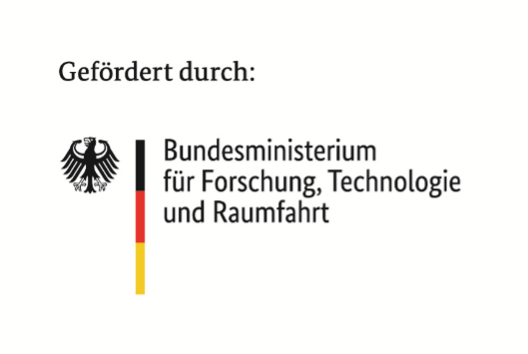
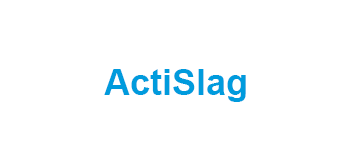
ActiSlag
The main objectives of the very ambitious project were to understand more precisely which chemical and thermal parameters influence the quality of granulated blast furnace slag (GBS) and its performance in cement and concrete. For that the micro and nanostructure of the amorphous phase, some minor chemical elements beside the major oxides (CaO, SiO2, Al2O3, MgO) and the mechanism of early age hydration have been investigated. The main target was to improve the short-term performance and the performance of cements with high GBS contents. For achieving this target as well „upstream activation“ measurements for the liquid blast furnace slag (= chemical and thermal modifications of the glass structure) during the melting and granulation processes as „downstream activation“ measurements for the solid slag, e. g. the combination with chemical activators (e. g. NaCl, CaCl2, Na2SO4, NaSCN or triethanolamine) have been tested. With respect to the practice a „second generation GBS“ should be developed. Thus, a blast furnace cement CEM III/B with 80 wt.-% ground GBS should show a similar (early) strength performance as a composite cement CEM II with only 20 wt.-% GBS (18-24 MPa after 2 days). The project target have been achieved.
„ActiSlag“ was focused on classical GBS as it is produced and used for cementitious purposes since decades. If the European steel production transformation process will be realized, step by step blast furnaces will be substituted by a combination of direct reduction and electrical smelting processes, based on green hydrogen and green electrical power. Thus, the well-known GBS will vanish, too. Nevertheless, the project results have great relevance also for the new slags. It is a clear task for steel and slag producers to enable also these slags for a utilisation in cement and concrete in order to secure the environmental (lower raw material and primary energy demand, lower CO2 emission) and technical (high durability) advantages of slag containing cements. Therefore, the „ActiSlag“ results regarding the influence of chemical or thermal parameters on glass structure and reactivity, the hydration process and the efficiency of accelerating additions are transferable to the new slags, too.
- Project title: New activation routes for early strength development of granulated blast furnace slag
- Project acronym: ActiSlag
- Project partners: FEhS institute (Duisburg), ArcelorMittal Maizières Research (Metz), Centre National de la Recherche Scientifique (CEMHTI – Conditions Extrêmes et Matériaux: Haute Température et Irradiation, Orleans), University Paul Sabatier (LMDC – Laboratoire Matériaux et Durabilité des Constructions, Toulouse), Technical University of Clausthal, Institute for Non-Metallic Materials (Clausthal-Zellerfeld) and ECOCEM Materials Ltd. (Dublin)
- Coordinated by: ArcelorMittal Maizières Research
- Project coordinator: Judith Kaknics
- Project contact at FEhS – Building Materials Institute:
-Ing. Andreas Ehrenberg [Email-Link a.ehrenberg@fehs.de] - Duration: July 2017 to December 2021
- Funding program: European Research Fund for Coal and Steel (RFCS)
- Grant agreement no.: 749809
- Publication: „Report“ of the FEhS institute No. 1/2023
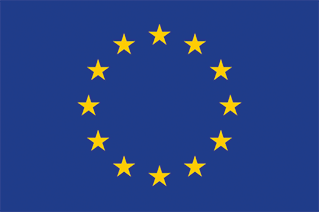
This project has received funding from the European Union’s Research Fund for Coal and Steel under grant agreement No 749809

